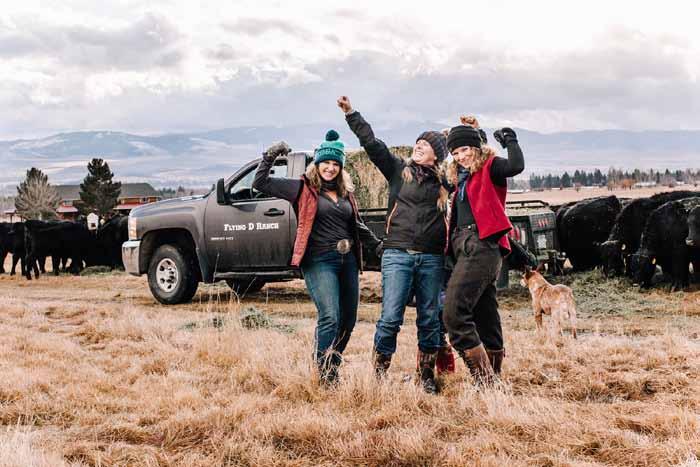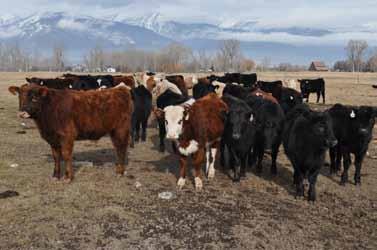Agriculture Magazine, September 2020 - Page 11
photo courtesy @fern_co.mt
Nestled on 10 acres below St. Mary Peak in Stevensville, Fern Co. has adopted no-till practices primarily to increase its soil fertility. 3 years ago, their soil was an acidic sandy loam with relatively low organic matter. Utilizing regenerative practices, Fern Co. has increased soil organic matter by 40% in only 3 years, thereby improving soil water retention.
No-till practices increase soil fertility JAMES HAYWARD Fern-Co Farm
Carbon, the building block of life, is stored in our soil in the form of Soil Organic Carbon (SOC) through chemical processes and microbial life. A growing body of research has consistently shown that the tilling of our soils, especially deep tillage, release large quantities of carbon in the form of carbon dioxide. The USA has been losing about 1% of its topsoil per year, a rate that is 10 times higher than we replenish. Conservative estimates show that we have about 60 years left before we lose vir-
tually all our topsoil in our nation unless agricultural practices are adjusted. No-till regenerative agriculture isn’t a new idea, and has been growing in popularity around the world as people become aware of the benefit these practices have on their land. Nestled on 10 acres below St. Mary Peak in Stevensville, Fern Co. has adopted no-till practices primarily to increase its soil fertility. Three years ago, their soil was an acidic sandy loam with relatively low organic matter. Utilizing regenerative practices, Fern Co. has increased soil organic matter by 40% in only three years, thereby improving soil water retention. This sets the farm up to become









